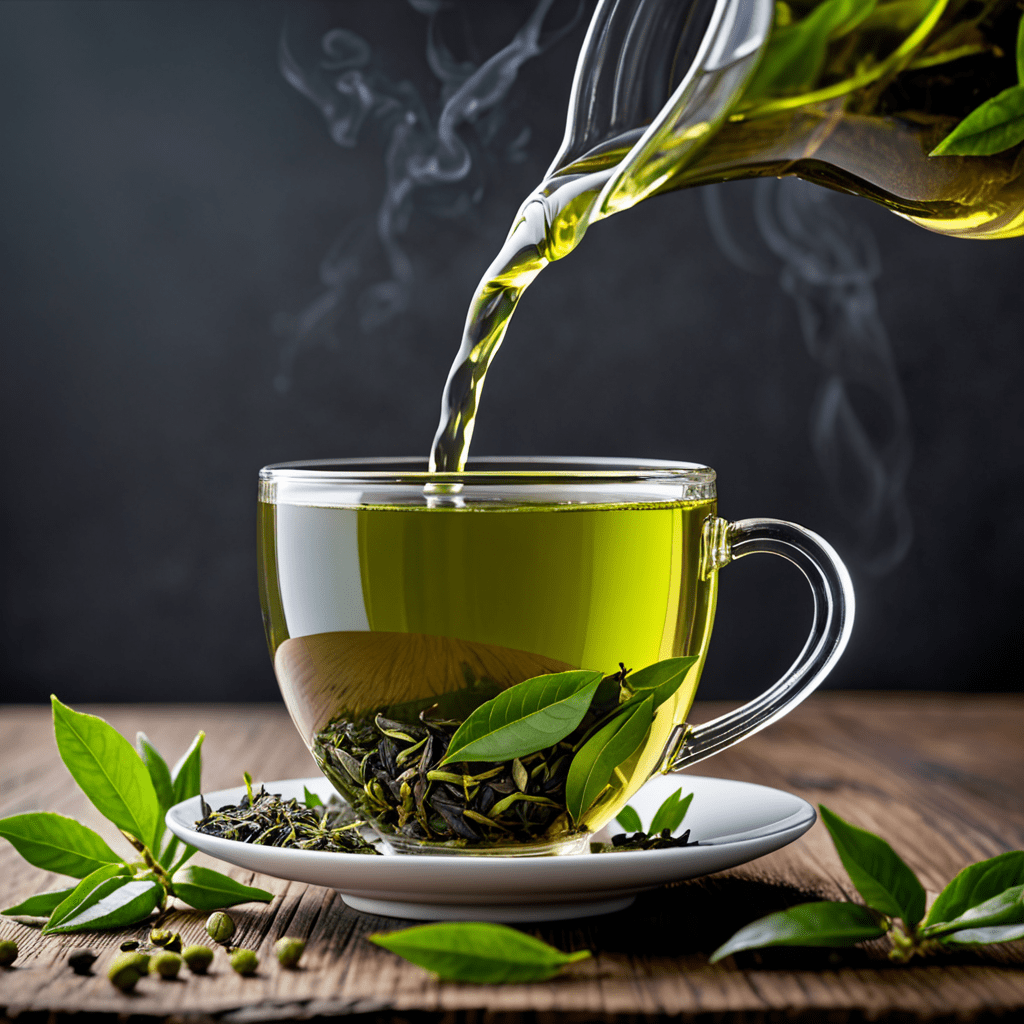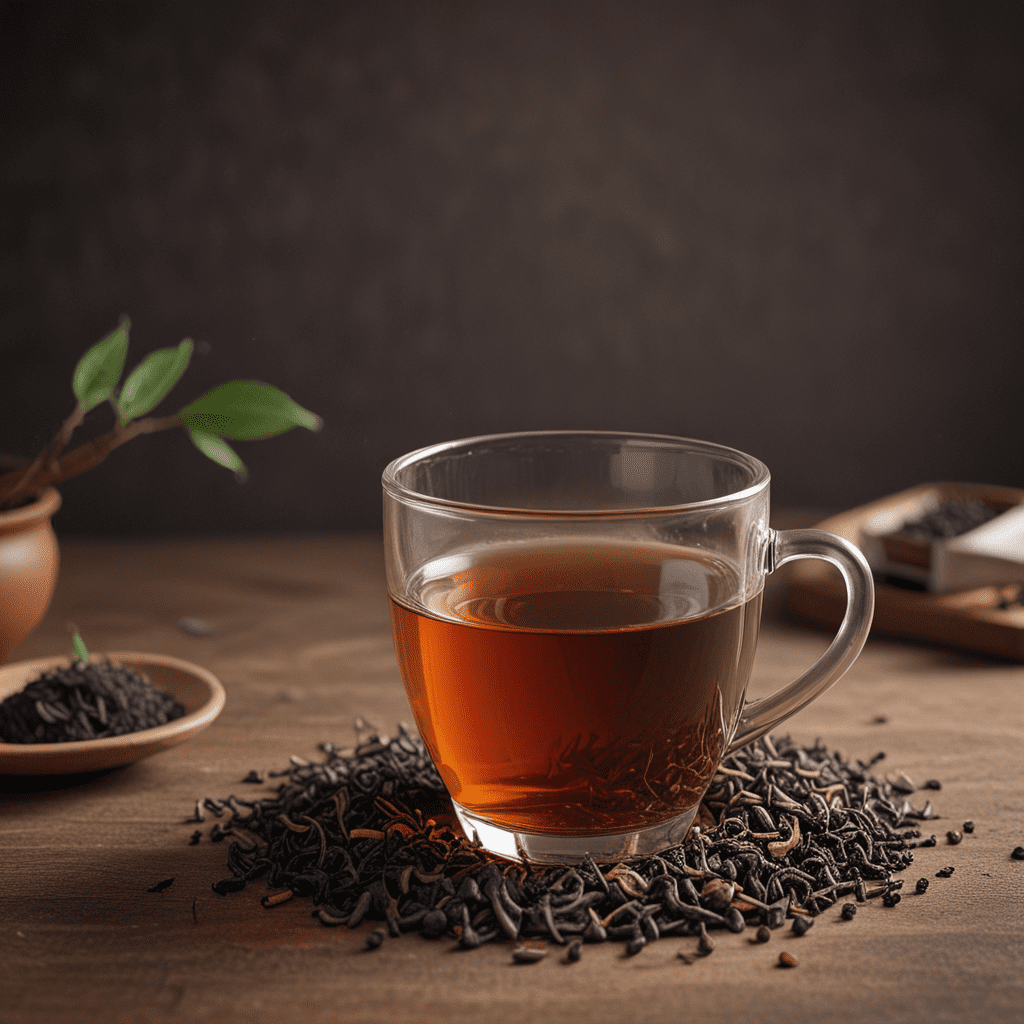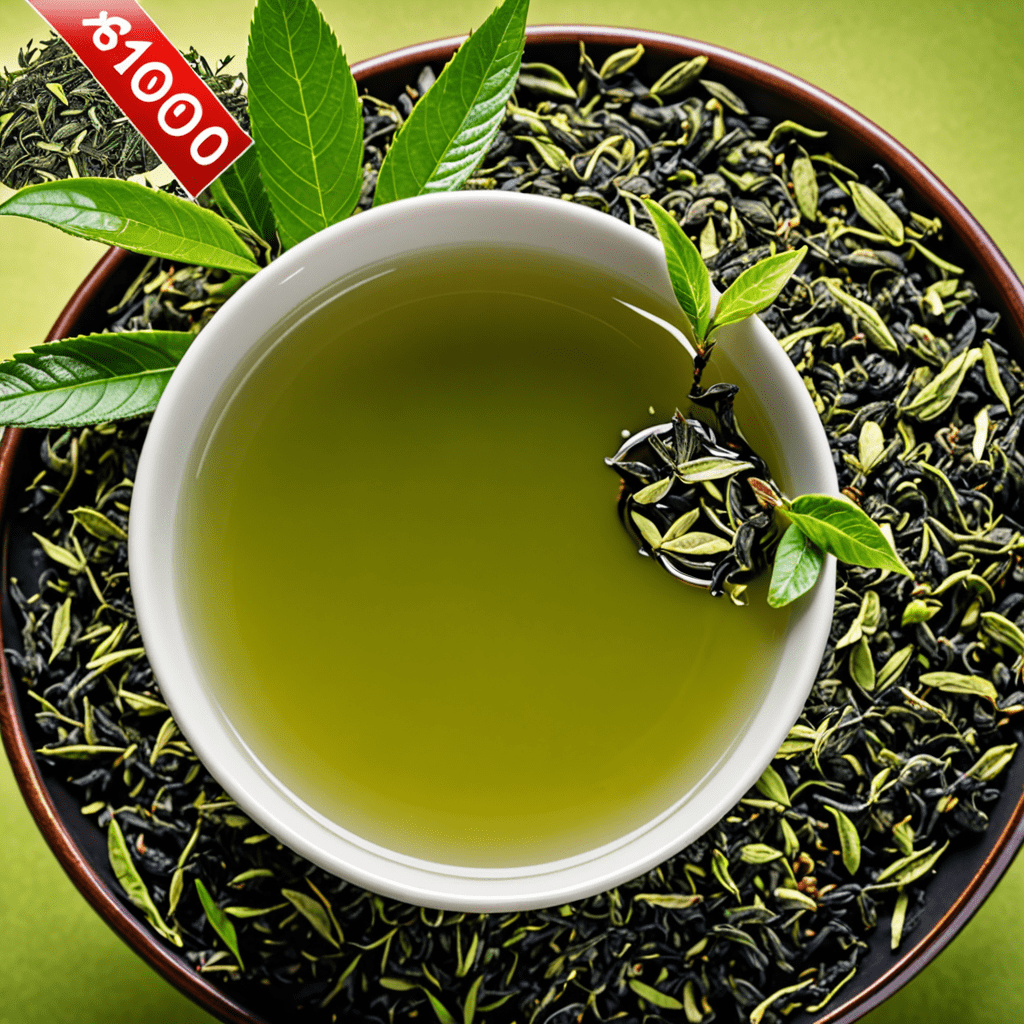Exploring the Elegance of the Japanese Tea Ceremony
I. History and Origins
Dating back to the 9th century, the Japanese tea ceremony, known as chanoyu or sado, has evolved into an intricate cultural practice steeped in centuries-old traditions. Its roots trace back to Buddhist monks who incorporated tea into their meditative rituals. Over time, tea drinking became a social occasion, and the ceremony itself evolved into an expression of refined aesthetics and spiritual significance.
II. The Four Principles
The tea ceremony is guided by four fundamental principles:
- Harmony: Creating a harmonious atmosphere among participants.
- Respect: Exhibiting reverence for the tea, the tea master, and fellow guests.
- Purity: Maintaining physical and mental cleanliness during the ceremony.
- Tranquility: Cultivating a sense of inner peace and relaxation.
III. The Tea House and its Significance
The tea ceremony typically takes place in a specialized tea house, known as a chashitsu. These structures are designed to embody the principles of the ceremony, often featuring a simple, rustic aesthetic with natural materials like bamboo, tatami mats, and earthenware. The tea house serves as a sanctuary where participants can escape the outside world and focus on the present moment.
IV. The Ceremony Rituals
The tea ceremony follows a meticulous set of rituals, each with its own symbolic significance. These include:
- Purification: Guests cleanse their hands and mouths before entering the tea house.
- Greeting: The host and guests exchange formal greetings upon meeting.
- Tea Preparation: The host prepares the matcha tea, a powdered green tea, using a whisk and hot water.
- Offering the Tea: Guests receive the tea and take turns sipping it.
- Sweet Offerings: Guests are served small sweets to balance the bitterness of the tea.
V. The Tools and their Symbolism
The tools used in the tea ceremony are carefully selected and imbued with deep symbolism. The tea whisk, for instance, represents purity, while the tea bowl symbolizes the void and the impermanence of life. Each utensil serves a specific purpose and contributes to the overall aesthetic experience.
VI. The Role of Aesthetics and Nature
The tea ceremony places a strong emphasis on aesthetics, with every aspect of the ritual contributing to the overall beauty and harmony of the experience. The tea house's simple design, the carefully selected utensils, and the arrangement of flowers and greenery within the tea room all create an environment that fosters tranquility and appreciation for nature's beauty.
VII. Cultural and Philosophical Implications
Beyond its practical aspects, the tea ceremony holds profound cultural and philosophical significance. It is rooted in the principles of Zen Buddhism, which espouses simplicity, mindfulness, and the acceptance of impermanence. By participating in the ceremony, practitioners seek to cultivate a sense of inner peace and harmony, while also developing an appreciation for the beauty and fragility of life.
VIII. Etiquette and Respect in the Ceremony
The tea ceremony is governed by a strict set of etiquette rules that reflect the deep respect accorded to the ritual. Guests are expected to behave with utmost politeness and mindfulness, demonstrating gratitude for the hospitality of the host and the significance of the occasion. From the proper way to hold the tea bowl to the appropriate posture and language, every aspect of the ceremony is conducted with precision and reverence.
IX. Modern Adaptations and Interpretations
While the core principles of the tea ceremony remain unchanged, modern times have witnessed an array of creative adaptations and interpretations of the tradition. Contemporary tea masters continue to find innovative ways to present the ceremony, while maintaining its essence and cultural significance. These adaptations may include the use of new types of tea, alternative preparation methods, and the incorporation of modern art and design elements into the tea house environment.
X. The Enduring Legacy and Influence
The Japanese tea ceremony has left an enduring legacy on Japanese culture and society. It has profoundly influenced other cultural practices, such as flower arrangement (ikebana), calligraphy, and the art of gardening. Beyond Japan, the tea ceremony has also gained international recognition and appreciation, with people worldwide seeking to experience its unique blend of beauty, tradition, and spiritual significance.
Frequently Asked Questions
What is the purpose of the Japanese tea ceremony?
The Japanese tea ceremony is a ritual practice that focuses on cultivating inner peace, harmony, respect, and an appreciation for nature and beauty.
What are the four principles of the tea ceremony?
The four guiding principles are: harmony, respect, purity, and tranquility.
What is the role of aesthetics in the tea ceremony?
Aesthetics play a vital role, as the tea house, utensils, flowers, and overall atmosphere are carefully designed to create a harmonious and beautiful environment that contributes to the overall sensory experience.
Is the tea ceremony only for experts?
While the tea ceremony has specific etiquette rules, it is not limited to experts. Individuals of all backgrounds and experience levels can participate and appreciate the practice.
How can I learn more about the Japanese tea ceremony?
There are numerous resources available, including books, websites, and tea schools, where you can deepen your knowledge and understanding of this cultural tradition.



